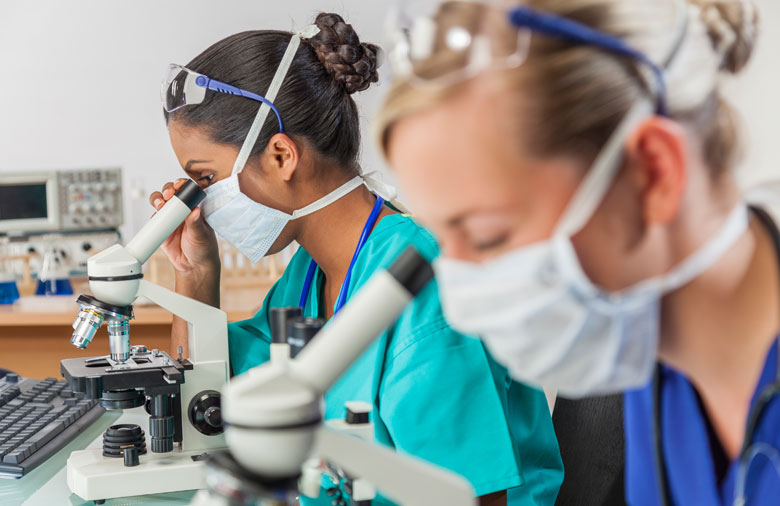A study at the University of Colorado Cancer Center discovered that certain cancers eat parts of themselves and divide to avoid dying from chemotherapies.
Autophagy – a Greek word meaning ‘to eat oneself’ – is a process where cells break down unneeded parts of themselves into blocks of protein or energy to use during low energy times or to protect themselves from poisons and pathogens. Patients may benefit from recent findings about the relationship between autophagy and cancer.
The scientists discovered that when cellular malfunction occurs, cancer cells might be able to rescue themselves from dying from the chemotherapies, according to Andrew Thorbun, PhD, deputy director of the cancer center.
The study results show that as a cancer cell starts dying, the mitochondrial walls break down, allowing the mitochondria to release proteins. In the science community, this is generally accepted as proof of cellular death.
But then, the cell was able to digest – autophagy – the released proteins before it was truly dead, allowing it to recover and continue dividing.
The study concluded that if scientists can inhibit autophagy, they can ensure that the cell actually dies. However, it also showed that a novel gene termed PUMA (p53 upregulated modulator of apoptosis) also communicates to the cell to die.
The researchers discovered two important points – first, how autophagy controls cell death, and secondly, and how to inhibit autophagy to make cells more sensitive to chemotherapy.
Scientists hope to use their findings to discover how patients might benefit from drugs that inhibit autophagy.
If you found this information interesting, consider sharing it with family and friends who might also be concerned about cancer.
Sources
http://www.ncbi.nlm.nih.gov/pubmed/11463391
http://en.wikipedia.org/wiki/Autophagy
http://www.cell.com/cell-reports/abstract/S2211-1247(14)00150-8
Related Articles
Learn About The Latest Advancements in Cancer Research and Prevention
New Hope for Melanoma Patients

Join the Discussion
0 Comments